Growth in E-Commerce and Online Retail
The rapid expansion of e-commerce and online retail is significantly influencing the High-Density Packaging Market. As more consumers turn to online shopping, the demand for efficient and protective packaging solutions has surged. This trend necessitates the development of packaging that not only preserves product integrity during transit but also minimizes waste. Recent statistics suggest that e-commerce sales are projected to reach over 4 trillion dollars by 2025, driving the need for innovative packaging solutions. Consequently, companies are increasingly investing in high-density packaging options that cater to the unique challenges posed by e-commerce logistics. This growth presents a substantial opportunity for the High-Density Packaging Market to evolve and adapt to changing consumer behaviors.
Technological Innovations in Packaging
Technological advancements are playing a pivotal role in shaping the High-Density Packaging Market. Innovations such as automation, artificial intelligence, and advanced materials are enhancing the efficiency and effectiveness of packaging processes. For instance, the integration of smart technologies allows for real-time monitoring of packaging integrity, which is crucial for maintaining product quality. Furthermore, the introduction of lightweight materials has led to reduced shipping costs and improved sustainability. Market data indicates that the adoption of advanced packaging technologies is expected to increase by 10% annually, reflecting the industry's commitment to innovation. As a result, companies that leverage these technologies are likely to gain a competitive edge in the High-Density Packaging Market.
Rising Demand for Eco-Friendly Solutions
The High-Density Packaging Market is experiencing a notable shift towards sustainable packaging solutions. As consumers become increasingly environmentally conscious, companies are compelled to adopt eco-friendly materials and practices. This trend is reflected in the growing preference for recyclable and biodegradable packaging options. According to recent data, the demand for sustainable packaging is projected to grow at a compound annual growth rate of approximately 7.5% over the next five years. This shift not only aligns with consumer preferences but also helps companies reduce their carbon footprint, thereby enhancing their brand image. Consequently, the High-Density Packaging Market is likely to see a surge in innovations aimed at developing sustainable packaging solutions that meet both regulatory requirements and consumer expectations.
Regulatory Compliance and Safety Standards
The High-Density Packaging Market is also being shaped by stringent regulatory compliance and safety standards. Governments and regulatory bodies are implementing more rigorous guidelines to ensure that packaging materials are safe for consumers and the environment. This has led to an increased focus on the use of non-toxic materials and the reduction of hazardous substances in packaging. Companies that fail to comply with these regulations risk facing penalties and damage to their reputation. As a result, there is a growing emphasis on developing packaging solutions that not only meet safety standards but also enhance product shelf life. The High-Density Packaging Market must navigate these regulatory landscapes to remain competitive and ensure consumer trust.
Consumer Preference for Convenience and Portability
Consumer preferences are increasingly leaning towards convenience and portability, which is significantly impacting the High-Density Packaging Market. As lifestyles become busier, consumers are seeking packaging solutions that are easy to use and transport. This trend is particularly evident in the food and beverage sector, where single-serve and ready-to-eat packaging options are gaining popularity. Market analysis indicates that the demand for convenient packaging is expected to grow by 8% annually, reflecting changing consumer habits. Companies are responding by innovating high-density packaging that caters to these preferences, ensuring that products are not only functional but also appealing to consumers. This shift towards convenience is likely to drive further growth in the High-Density Packaging Market.

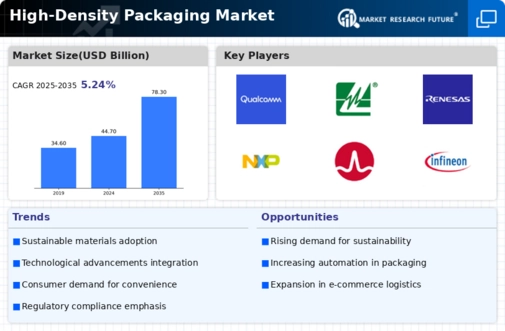
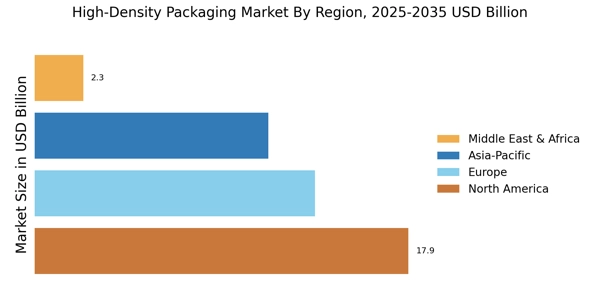
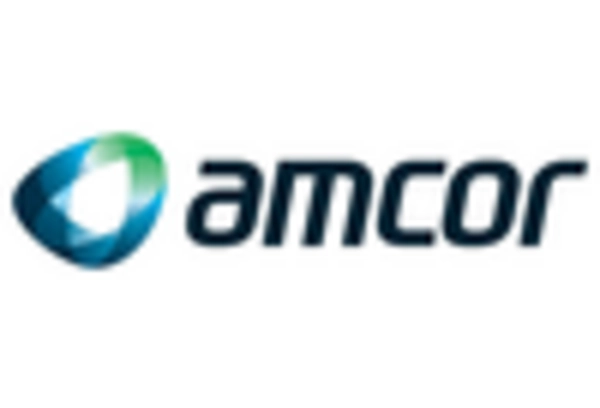

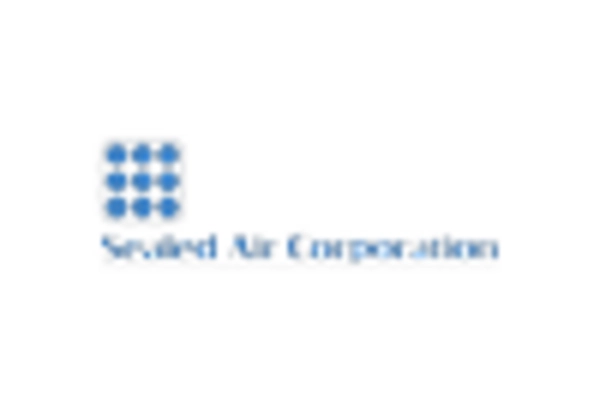

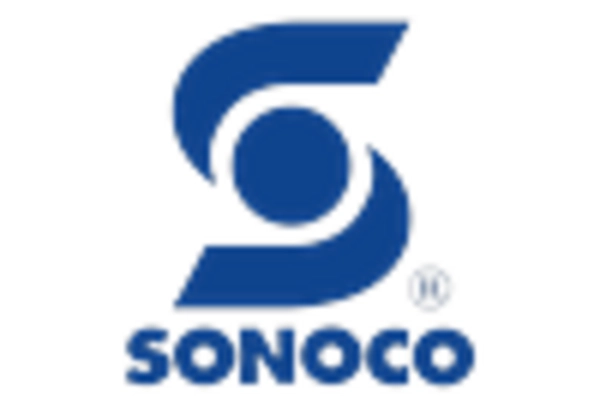









Leave a Comment